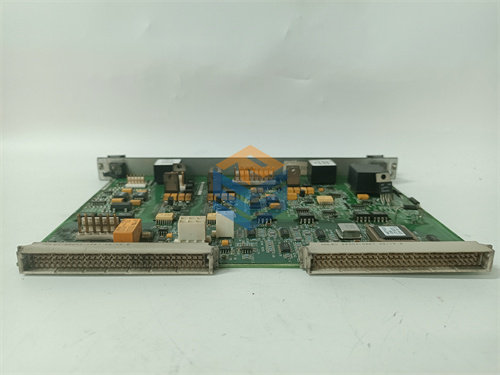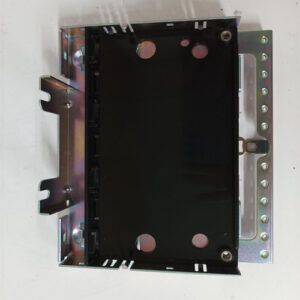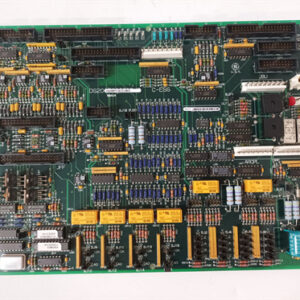الوصف
The GE DS3820TSMA is a Turbine Simulator Module for the Mark IV Speedtronic turbine control system. Its main function is to mimic the electrical signals of a running turbine, which allows engineers and technicians to test and troubleshoot the control system’s logic without a real turbine connected. It’s a critical tool for diagnostics and commissioning.
Technical Breakdown 🧠
This module is an invaluable diagnostic and testing tool that generates a variety of signals to simulate a real turbine’s sensors and devices. This includes:
- Speed Signals: Mimics the inputs from magnetic pickups or speed probes.
- Analog Inputs: Simulates continuous measurements from various sensors, such as pressure, temperature, and vibration transmitters.
- Discrete (On/Off) Signals: Represents the binary states of limit switches, alarms, and other field devices.
- LVDT Signals: Replicates the position feedback from a servo valve or other actuators.
Using a simulator like the DS3820TSMA allows for a comprehensive Factory Acceptance Test (FAT) or Site Acceptance Test (SAT). Engineers can verify that the control logic, sequence of operations, and safety interlocks perform correctly under various simulated operating conditions, including start-up, run, and shutdown. This controlled environment is essential for finding and fixing software bugs before the system goes live.
Applications 🏭
The DS3820TSMA provides a safe, efficient, and cost-effective method of testing. It’s an invaluable tool for engineers and technicians to:
- Troubleshoot Faulty Systems: Quickly isolate whether a problem is in the control system logic or in the field hardware.
- Debug New Code: Test new control programs and modifications in a safe environment.
- Train Personnel: Provide a realistic, hands-on training experience for new operators and maintenance staff without the risks associated with a live turbine.




 +86 15340683922
+86 15340683922 +86 15340683922
+86 15340683922


